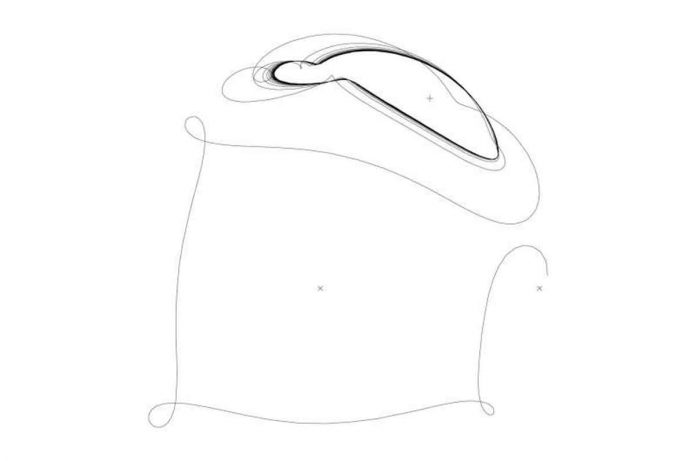There are thousands of co-orbital objects in our solar system, which are entities that orbit the sun or a planet in the same orbit. The Trojan asteroids are a good illustration of this. Despite detecting over 5,000 exoplanets, we have yet to find any such co-orbitals in extrasolar systems.
According to a new study published in Icarus by SETI Institute’s Anthony Dobrovolskis and NASA’s Ames Research Center’s Jack Lissauer, some Trojan exoplanets form, but those that are large and on short-period orbits (and thus relatively easy to detect) are typically forced out of shared orbit by tides. When this happens, they collide with either their star or their massive planet.
“This work may help reveal some properties of Trojan exoplanets’ internal structures if or when they are discovered,” said Dobrovolskis, a research scientist at the SETI Institute.
The friction created by the tides causes Earth’s rotation to slow down, causing our moon to move away from us. The authors apply the idea of tidal friction to systems that include a star, a big planet, and an Earth-like planet oscillating around a huge planet’s L4 or L5 or the giant planet’s equilateral point, generalizing the theory to systems with more than two bodies.
According to their findings, the Earth-like planet’s oscillations grew until they became unstable due to the tides created by the star and the big planet. The Trojan’s oscillations transform from oval to banana-shaped, eventually breaking free of the shared orbit and smashing with either the star or the massive planet, according to the researchers’ numerical calculations.
The findings are similar with prior research published by Rodriguez et al. in 2013 and Couturier et al. in 2021. This means that co-orbital exoplanets are being swept away by the tides before we can see them. If this is the case, co-orbital exoplanets may potentially be discovered. NASA’s Lucy mission to the Trojan asteroids, which launched last October, could also provide more information regarding the significance of tides in co-orbital systems.

